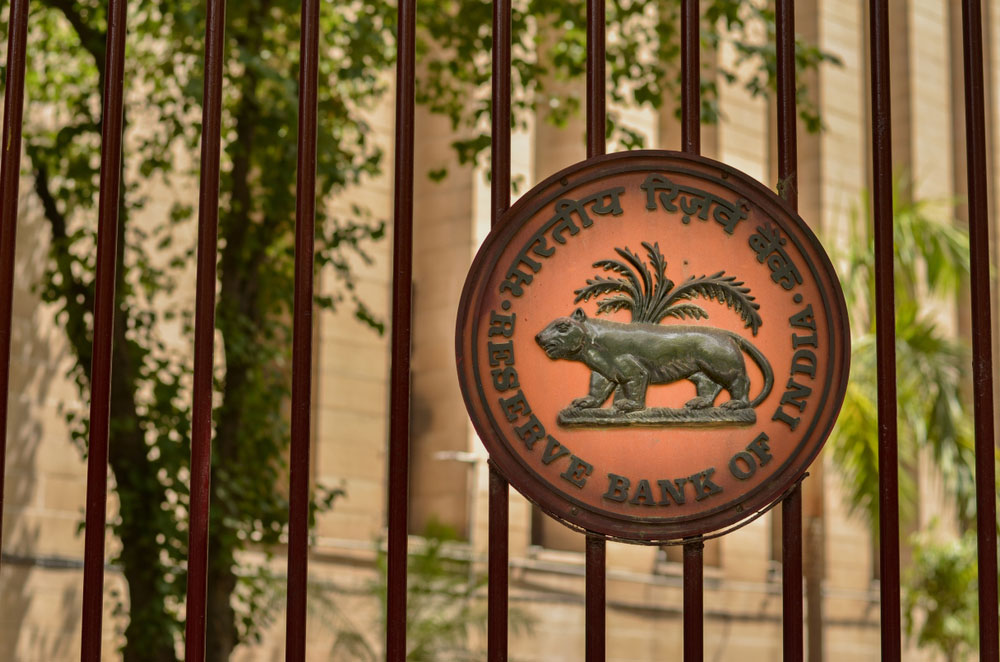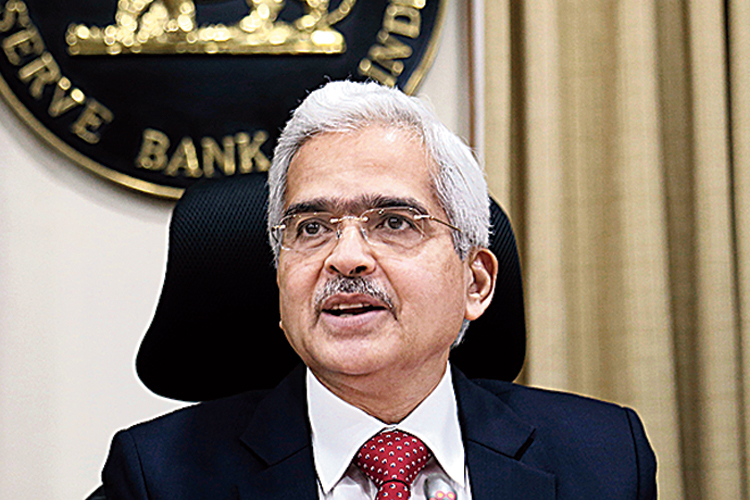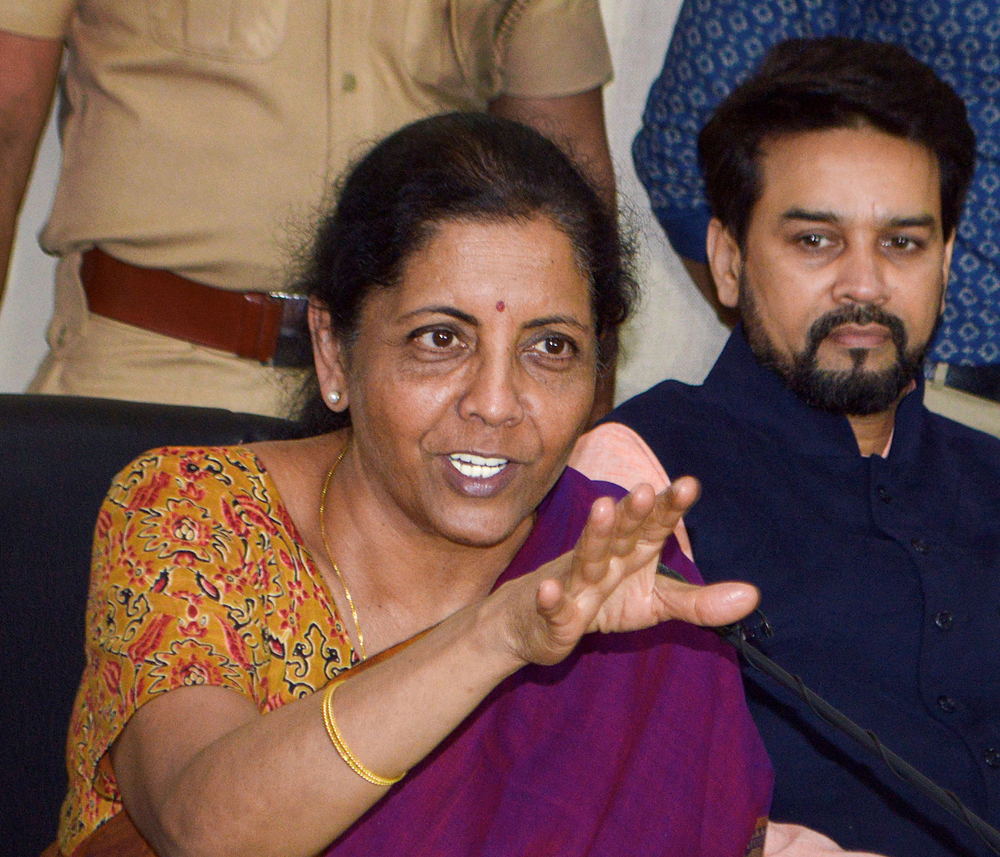The Centre has had a windfall gain of Rs 1.76 trillion arising from the Reserve Bank of India’s decision to transfer its entire surplus in its income statement and a substantial portion of the “excess capital” residing in its balance sheet for 2018-19 in line with the recommendations of the Bimal Jalan committee, which was appointed last December to determine the economic capital framework for the central bank. The committee’s report, which was submitted last Friday, came just days before the central board of the RBI met to approve its annual report for the year. The issue has, once again, reopened the debate on whether or not the Centre is justified in laying claim to the excess capital of the RBI. Since 2013-14, the RBI has traditionally turned over the entire surplus to the Centre. But the Narendra Modi government, which has been straitjacketed by a parlous treasury, has been asserting its right to dip into the large cash buffers that the RBI has assiduously built up to protect itself against any unforeseen event.
The RBI has two principal sorts of reserve: a revaluation reserve that is largely notional and depends on the valuation gain on the foreign currency assets it holds whenever the rupee depreciates. The other is a contingency fund created out of transfer of money from its income statement to the balance sheet. The Jalan report reveals that the size of the RBI’s balance sheet has grown in 2018-19 to Rs 41,029 billion, an increase of 13.4 per cent over last year’s Rs 36,176 billion. The panel has come up with the concept of a contingency reserve buffer, which consists of four parts: the equity capital of the bank, its reserve fund, the old contingency fund and the asset development fund. It suggested that the size of the CRB should range between 5.5 per cent and 6.5 per cent of the balance sheet size. Since the buffer amounts to 6.8 per cent this year, the panel said that there was no need for fresh accretion to the contingency fund. The RBI board accepted the panel’s suggestion and decided to cap the buffer at 5.5 per cent, the lower bound of the suggested range. That meant a cash transfer of Rs 526.37 billion. The other component — the surplus — is larger this time at Rs 1,234.14 billion, largely because of massive bond purchases by the RBI that fattened its interest income. The panel was prudent enough not to transfer any amount from the huge revaluation reserve since this is only notional. The debate over the cash transfer to the Centre will continue until the government clearly spells out how it plans to use the money.













